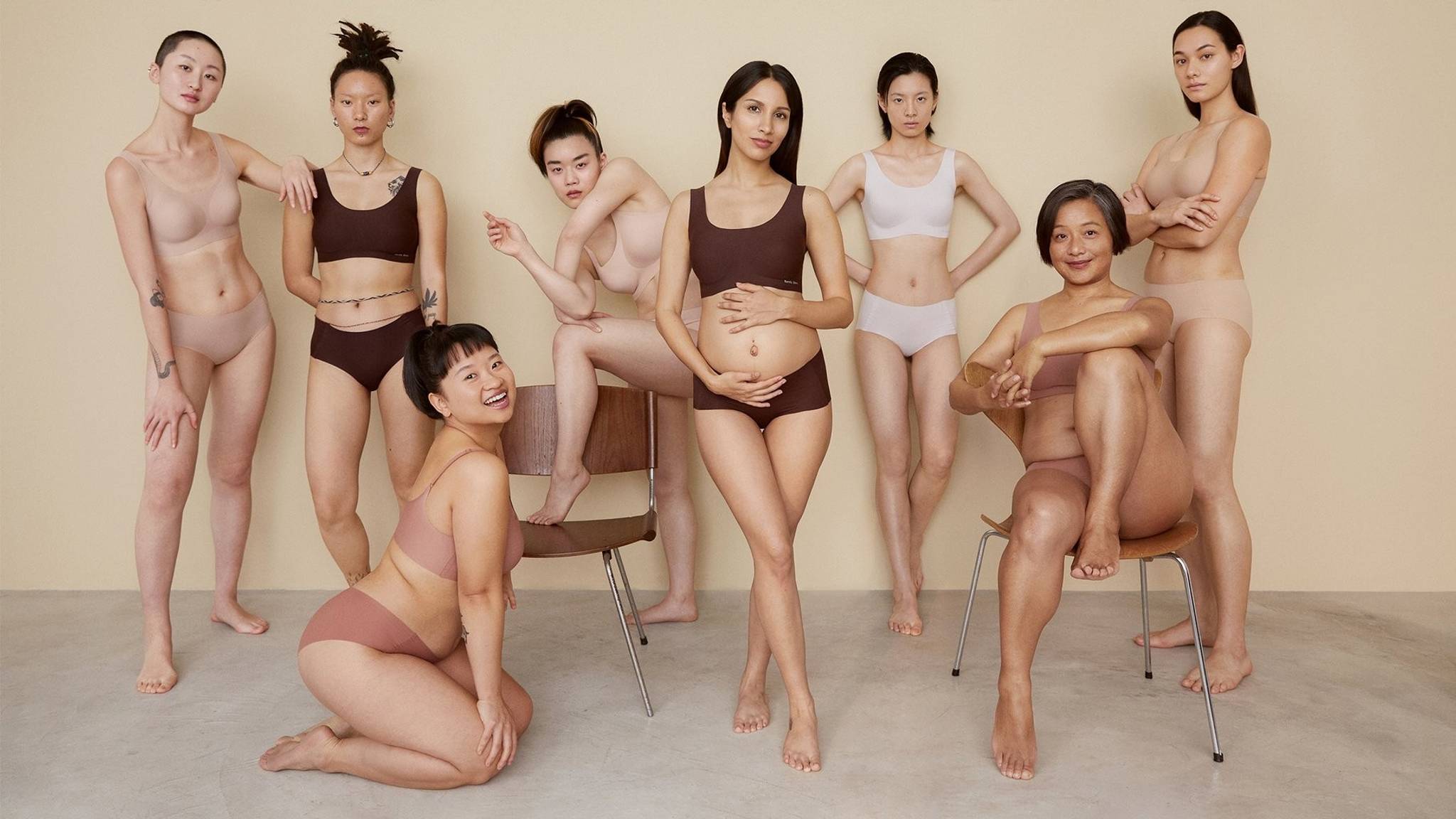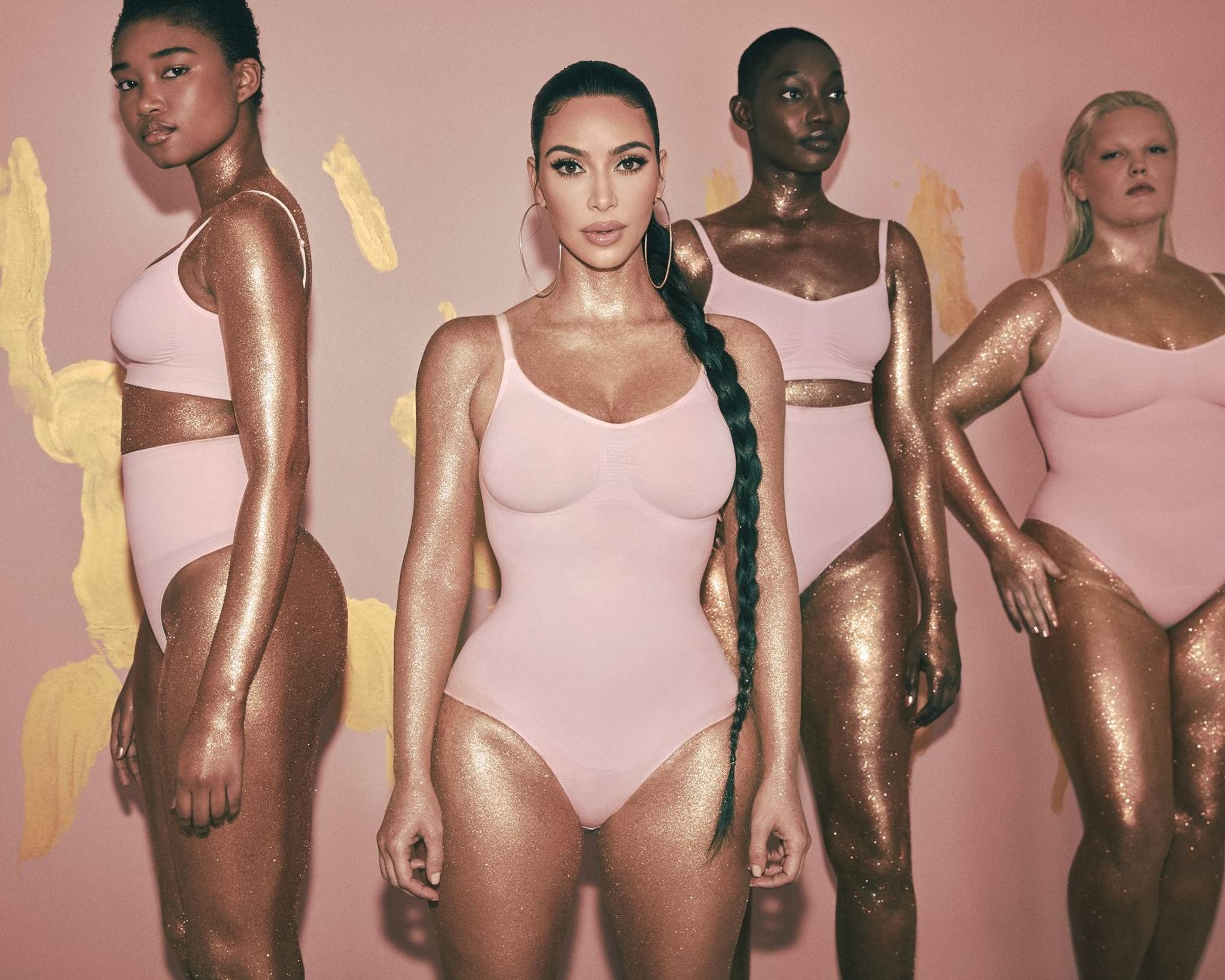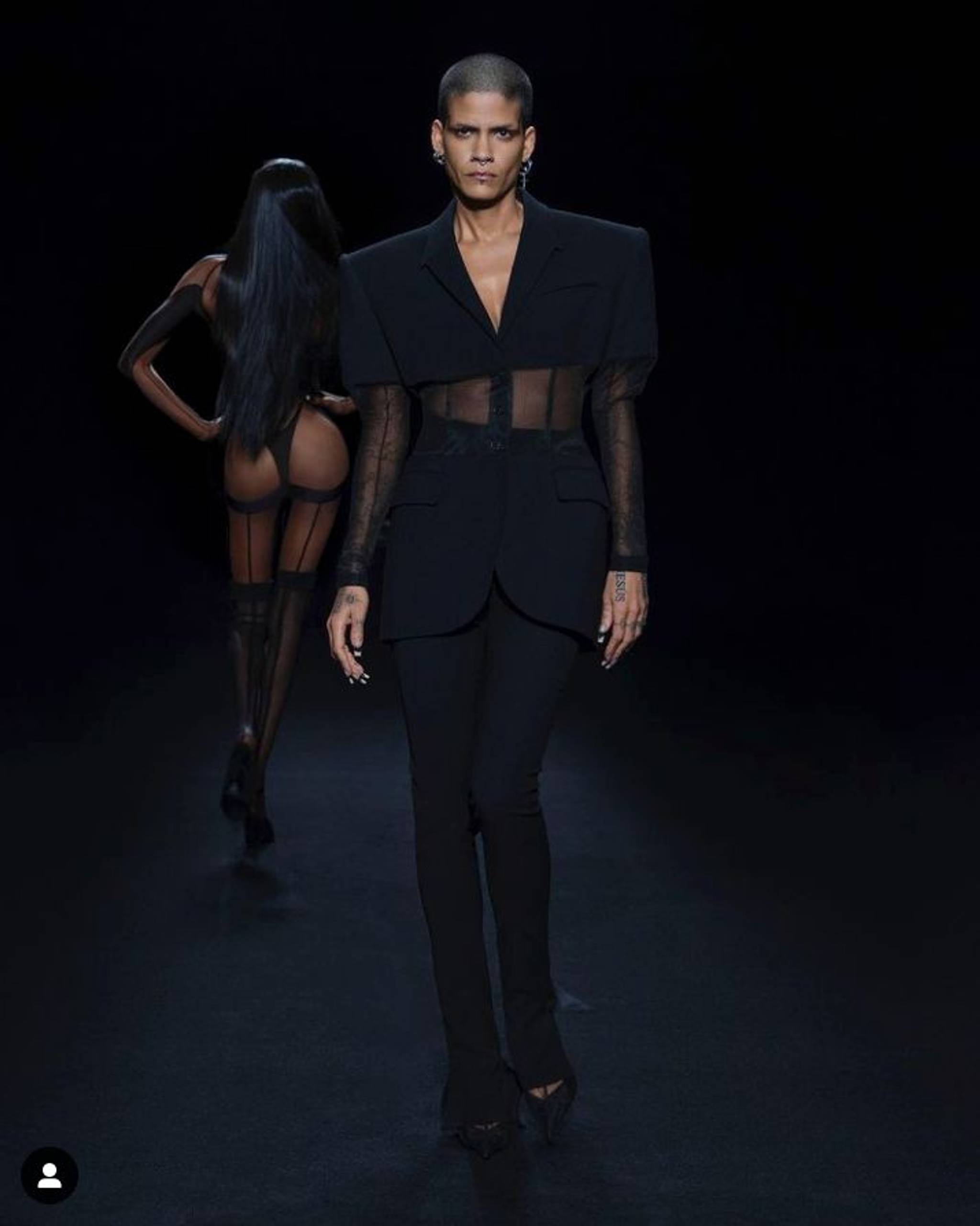
A new generation of designers is disrupting sizing, blending personalisation and sustainability to create clothes that are diverse and durable. With consumers demanding stylish clothing irrespective of body shape and size, what brands are pushing for inclusivity as the next fashionable frontier?
Designers starting out don’t find a natural home at Paris Fashion Week, a calendar event that enjoys a roster of blockbuster names and less of a reputation for nurturing young design talent than, say, London. But for the SS23 fashion season, Ester Manas had people talking at Paris Fashion Week.
Founded by Ester Manas and Balthazar Delepierre, the brand’s approach to body inclusivity coupled with a thoughtful, neo-romantic take on knitwear and ruching makes for the kind of aspirational community building that audiences swoon for. A 2020 LVMH Prize finalist, Ester Manas’ approach has driven headway at a time when body positivity remains slow to be adopted on the runway – and in the industry more generally.
Flexible futures
Canvas8 found that over half of people surveyed (60% in the US and 55% in the UK) consider a brand’s environmental impact before shopping with them, and the vast majority (71% in the US and 69% in the UK) also agree that individuals have a role to play in protecting the planet. What’s exciting about Ester Manas’ approach is that it operates at an intersection between sustainability and inclusivity, showing how fashion can accommodate immediate human and ecological needs.
Manas is part of a group of designers working to build clothes that fit and respond to human bodies – making garments that work for the individual, rather than pushing bodies into a binary sizing standard. Manas explained: “we use a lot of flexible fabrics and draping so that excess material gets absorbed. It's a bit like blowing up a balloon. We avoid overly complicated designs. Buttons, elastic waists: we use methods that already exist, we play with them, and we place them unexpectedly in the garment and in ways that serve the wearer.”
Sinead O’Dwyer, a London-based designer, also pursues this approach, using latex moulds to build designs directly around an individual’s body. For both designers, wrapping and stretching materials allow for longevity, cocooning the wearer in clothes that are uniquely theirs. Off the catwalk, brands such as Beyond Nine are tapping into these same needs, creating maternity wear that extends beyond nine months and is comfortable for any moment in a woman's life.
Identity play
In all these instances, there’s a marked shift towards hyper-personalisation – the wearer dictating the ultimate look, shape, and experience of the clothes, not the other way around. Ester Manas’ invite for fans to ‘come as you are’ also speaks to the 55% of Gen Zers who say that identity labels do not help define who they are.
With younger audiences already curating and building their own styles away from trend cycles, there’s a clear appetite for ways of dressing that put the individual first. In an era of personal worlds, Ester Manas is showing what comes next for fashion – a more inclusive, flexible, and durable era awaits.



